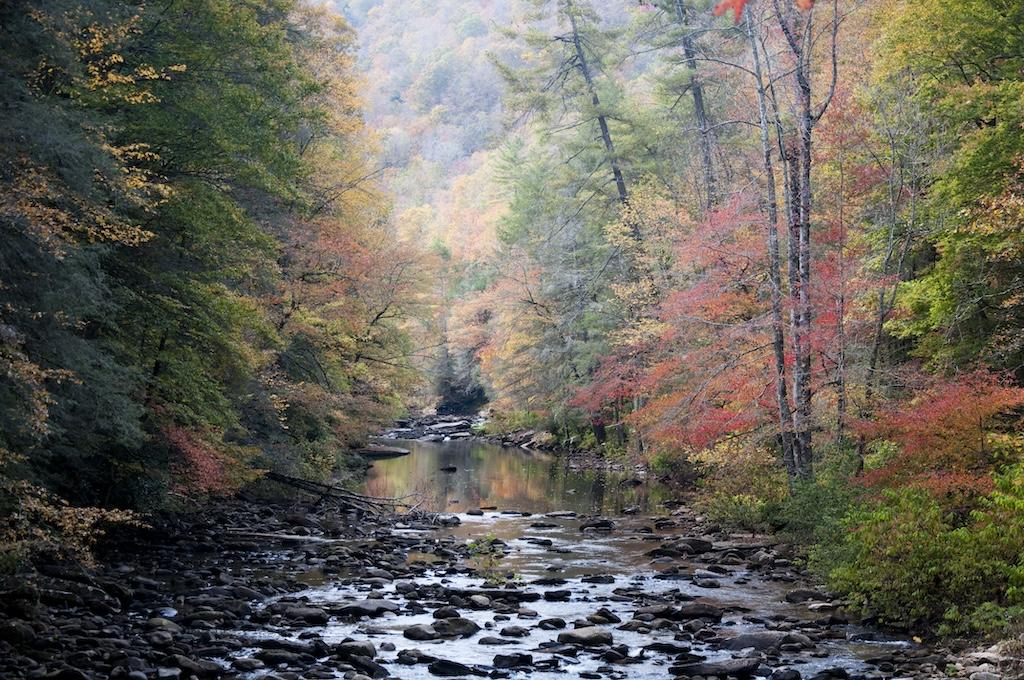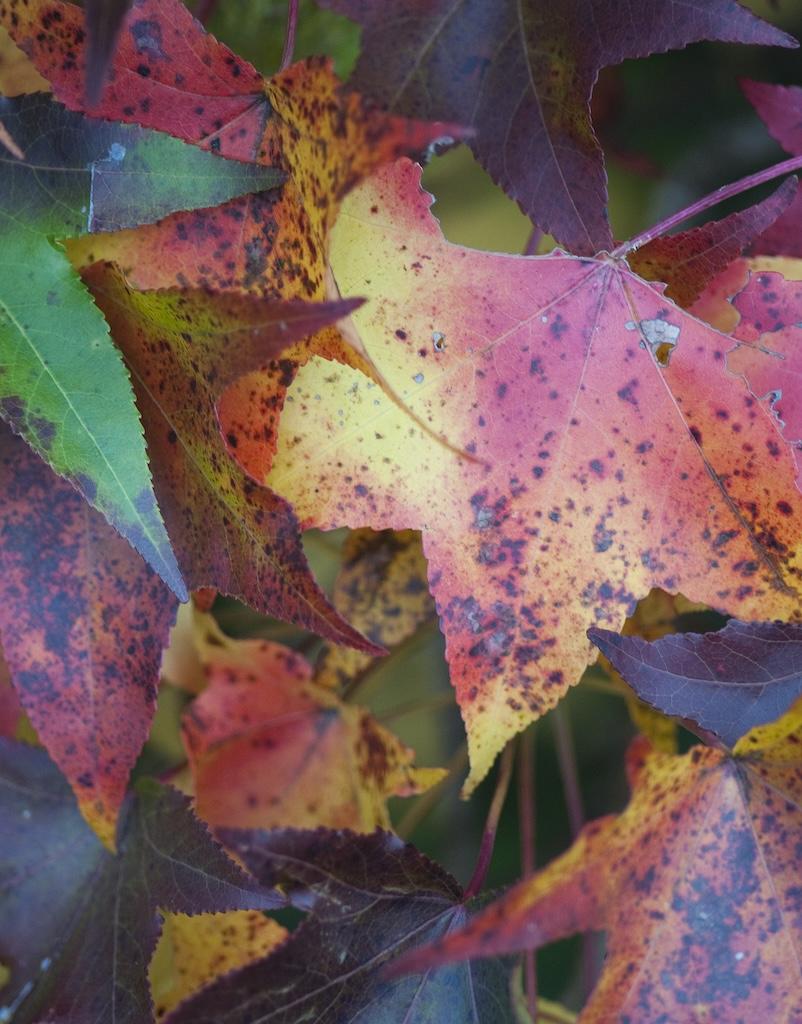Leaf peeping season is upon us! October is the peak of fall leaf color in east Tennessee. The roadsides, yards and mountain forests are covered in a patchwork quilt of green, red, yellow and orange at this time of year.
These beautiful colors are made possible by four chemicals found in the cells of the leaves. Green plants make their food through the process of photosynthesis; chloroplasts in the cells use the green pigment chlorophyll, water, carbon dioxide and sunlight to produce glucose. There are three other pigments found in the leaves too, but they are masked by chlorophyll during the growing season.
In early spring newly emerging leaves of some plants, such as oak trees and poison ivy, have a red hue. The red color comes from the pigment anthocyanin that works as a sunscreen to protect the leaves from sunburn. This antioxidant pigment is also responsible for the red, blue and purple colors found in flowers, fruits and vegetables. Carotene and xanthophyll pigments give the leaves their orange and yellow colors. These pigments are found in the leaves throughout the growing season, but they are also masked.
Deciduous trees lose their leaves in the fall because they are unable to do their job of photosynthesis in the freezing temperatures of winter. As the daylight hours shorten and the temperatures begin to drop the chlorophyll in the cells begins to break down allowing the other pigments to show their beautiful colors.
Unfortunately, this season is not going to be as spectacular as previous years due to the severe drought our area has experienced the past couple of months. The leaves of many trees have dried, turned brown, and begun to fall early (my yard is full of them). However, there are pretty colors to be seen now in dogwoods, red maples, gingkoes, sweet gums, sumacs and even poison ivy.
Although it is tempting to rake or blow all the leaves from our yard, fallen leaves are important to protect many insects that overwinter in their dormant state as eggs or pupae. Large moths such as the lovely green Luna moths and brown Polyphemus moths overwinter as cocoons on the ground. A winter leaf blanket is important for their development. Firefly larvae live underground and we can help them live to twinkle next summer by leaving areas of our yards with a layer of leaves.
- Sweet gum leaf
- Red maple leaf
Kris Light photographs wildflowers, animals and anything of interest with many of her best photos used in her website: click Search All Galleries to see photos. Her Outreach Science classes are available for public, private and homeschool groups through the AMSE. Kris welcomes questions at email.



